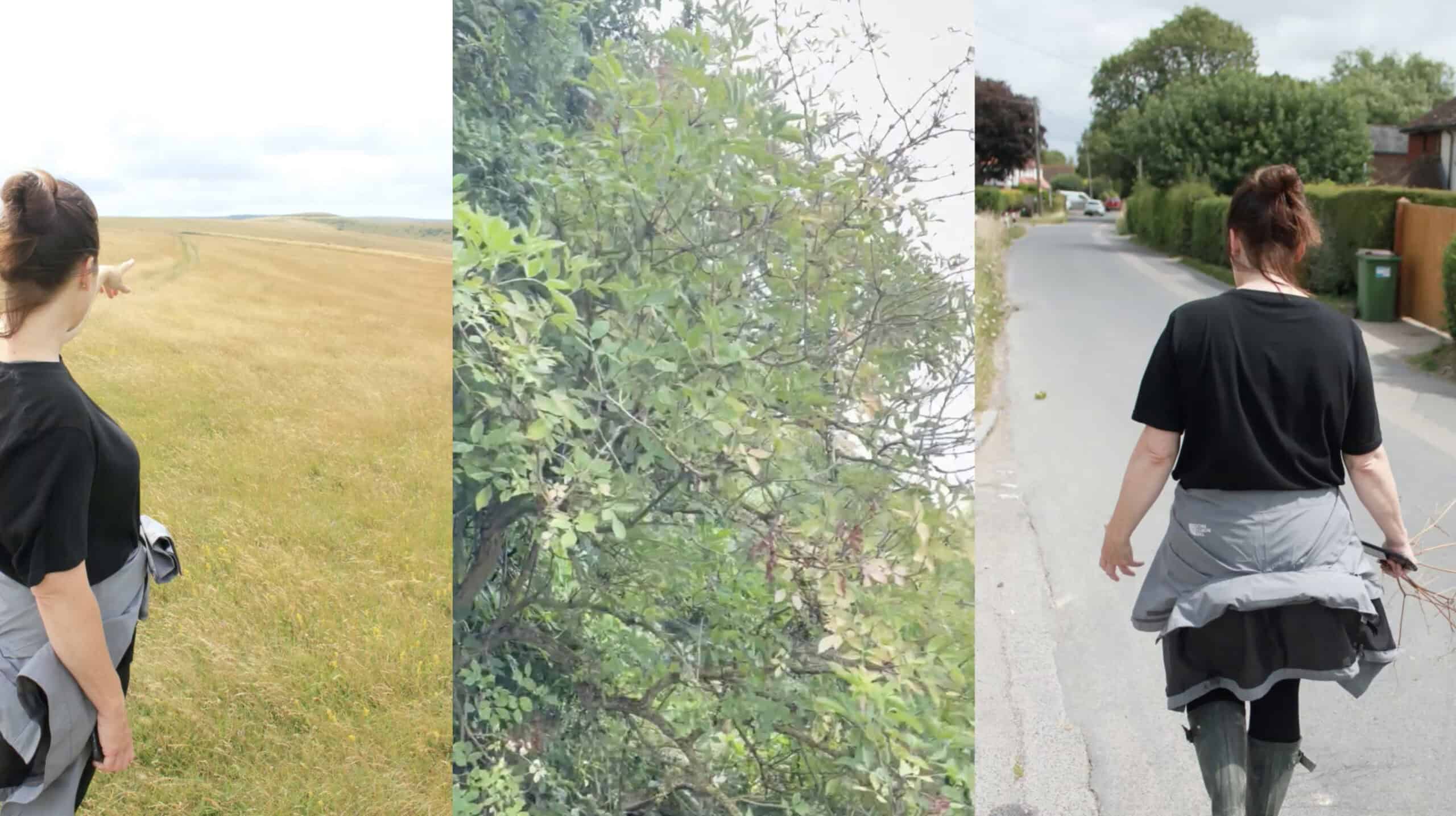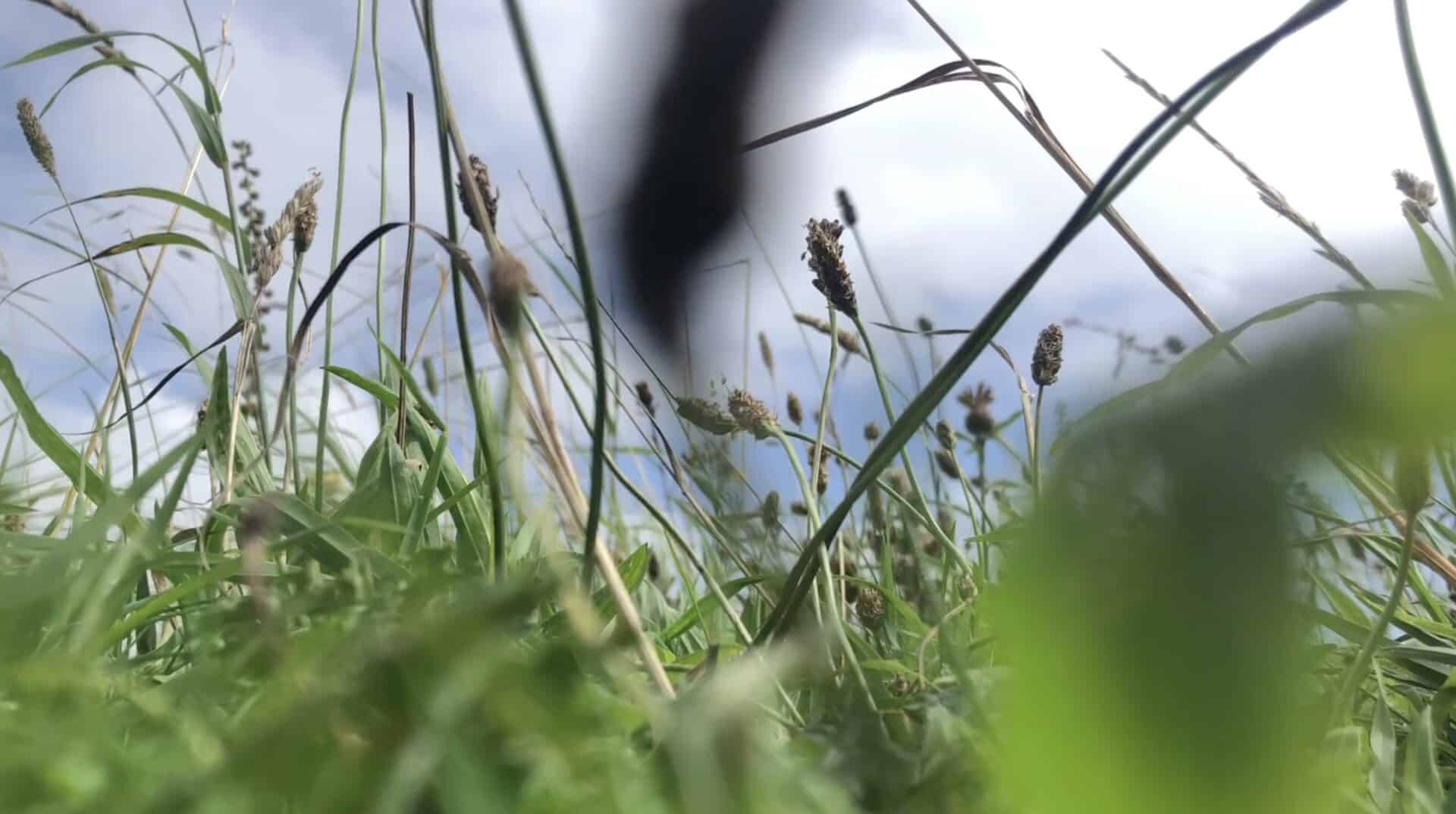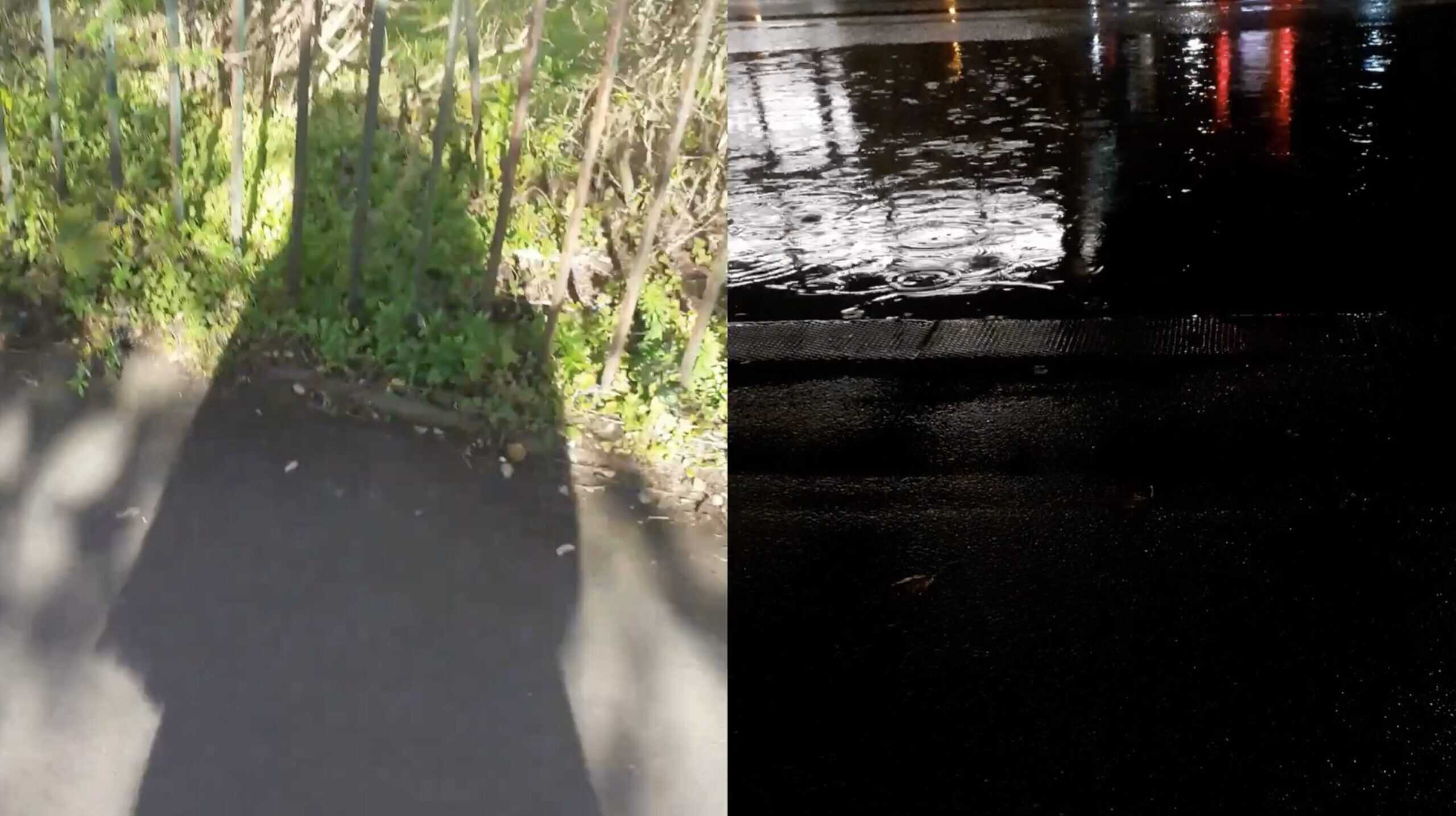The Posthuman Walking Project
The project explores the entanglement of human and non-human entities when walking with pain. Walker partners were invited to take a short familiar walk that was filmed using mobile phones and came together with researchers to discuss the progression of the research in seven online meetings across the project period.
The Posthuman Walking Project (PWP) is a transdisciplinary collaboration that brings together walker partners and arts and physiotherapy researchers from the UK, Norway, Canada, the Philippines and New Zealand.

As a group we explored the potential and possibilities of responsive methods where walkers were initially filmed by academic partners who also asked reflective questions about the relationship between walking, pain and landscape.
As the project grew, walker partners became confident in filming independently, and the team as a whole recognised how each environment revealed new assemblages of landscape-pain-response-time-rural-urban-cultures. As the recordings developed, researchers and walkers discussed initial test edits and the questions each film prompted. This led to further edits in order to capture and communicate the breadth of relationships between walkers and place.

Photographers: Shirley Chubb & Clair Hebron
Initial footage involved researchers documenting walker partners.

Photographer: Branwen Lorigan.
Branwen documented her walks across the Camino between Porto and Santiago, and Kerala, India
As filming and editing developed, we sometimes lost sight of the elements of pain when walking, due both to its invisibility, and through it being de-centred when walking in nature. New exploratory methods of filming by artist and researcher Shirley Chubb, led to walker partners also experimenting with filming techniques – such as attaching the mobile phone to their leg or to companion dogs. These approaches reintroduced considerations of pain and led us to think about more than human experiences; of animals walking in pain and the pain of the landscape itself.

Photographer: Shirley Chubb
Researcher Shirley Chubb explored filming the seasons by attaching a mobile phone to her ankle.

Photographer: Shirley Chubb
As our collaborative process grew, walker partners contributed in other ways, for instance partner walker Natalie Sharratt wrote a poem and liaised with Shirley on incorporating this into a film.
She also made key editing decisions in the use of text fonts and colour, and the specific addition of disruptive phases of footage to convey the entanglement of pain and place.

Photographer: Natalie Sharratt
Natalie contributed key editing decisions to reflect the entanglement of pain and walking.
Capturing the precise nature of walking experiences indicates how the hybrid creative approach of the project enabled walkers to explore and express the entanglement of walking, pain and landscape in specific locations and seasonal conditions, and points to the ongoing potential of the project methods.

Photographer: Lena
Lena first walked in Northern Norway during the polar night season.

Photographer: Lena
Lena then took a second walk in the same environment during the summer.
As we began to understand the varied assemblages of walking-pain-culture-place-task-landscape we came to recognise that each environment was encountered as an active collaborator. In the Philippines walkers documented urban locations where the purpose of walking was for transport rather than a leisure activity.

Photographer: Valentin C. Dones III
Val documented Norma’s walk to local shops in October at the end of the rainy season.

Photographer: John
John documented his urban walk from work during the January dry season.
These films contrasted with assemblages in the global north, as illuminated by walker-partner Fe who, in one of our meetings, reflected that ‘interestingly I could not bring myself to take an urban walk – I seem to clearly define ‘walking’ as in nature, what I do in urban environments is “getting around”’.

Photographers: Fe Stevens
Fe captured contrasting urban elements that were very different from her rural walks.
The accumulated films and their representation of the multiplicity of walking are the primary findings of our project. Each film captures the growing awareness of individual walkers as they reflect on the sense of partnership they felt with the landscapes they walked in, and the contribution this made to their awareness of pain and wellbeing.
The films are additionally open to the interpretation of those watching, allowing the sense of becoming to continue developing. As such, awareness and reflection continue to emerge and invite response, rather than there being a definitive, finite end to the project.

Photographers: Jeni Ross
Jeni captured snow and sky by recording with a mobile phone attached to her leg and viewing upwards during the Canada spring.
The authors would like to acknowledge the contribution to our thinking from the current team involved in the Posthuman Walking Project:
- Toby Bain, Freelance Audio Technician & Department of Creative Industries, University of Chichester, Chichester, U.K.
- Norma Bautista, PWP Walker Partner, Manila, Philippines.
- Neil Bryant, Department of Creative Industries, University of Chichester, Chichester, U.K.
- Prof. Valentin C. Dones, Department of Physical Therapy, University of Santo Tomas, Philippines
- Lena Gudd, Artist Researcher & PWP Walker Partner, Tromsø, Norway
- Prof. Roger Kerry, Faculty of Medicine & Health Sciences, University of Nottingham, U.K
- Branwen Lorigan, Arts Practitioner 7 PWP Walker Partner, Brighton, UK..
- Asst. Prof. Donald Manlapaz, Department of Physical Therapy, University of Santo Tomas, Philippines
- Asst. Prof. Filip Maric, Department of Health and Care Sciences, UiT The Arctic University of Norway, Tromsø
- Prof. Emerita Ann Moore, School of Sport & Health Sciences University of Brighton, U.K.
- Prof. David Nicholls, School of Clinical Sciences, Auckland University of Technology, New Zealand
- Jeni Ross, Administrator, Yoga instructor & PWP Walker Partner, Winnipeg, Canada.
- John (psd), PWP Walker Partner, Manila, Philippines..
- Natalie Sharratt, Rotational Physiotherapist, Nottingham University Hospital & PWP Walker Partner, Nottingham, U.K.
- Dr. Jonathan Skinner, Department of Hospitality & Events, University of Surrey, U.K.
- Fe Stevens, Artist Designer & PWP Walker Partner, Brighton, U.K.
- Charlotte Taanevig, Department of Health and Care Sciences, UiT The Arctic University of Norway, Tromsø, Norway
- Asst. Prof. Patty Thille, College of Rehabilitation Sciences, University of Manitoba, Canada
To see more project films please visit the PWP website:
Related Content
Learning and Reflections from a Community Soil Clinic Pilot Project
Learning and Reflections from a Community Soil Clinic Pilot Project Hari Byles & Elena Luciano Suastegui Abstract and how to read this piece: This piece presents words and voices from […]
Read More >Posthuman Walking Project Podcasts
Posthuman Walking Project Podcasts By Dr Shirley Chubb and Dr Clair Hebron The following podcasts were compiled as part of the broader Posthuman Walking Project, which explores the entanglement of human and […]
Read More >



